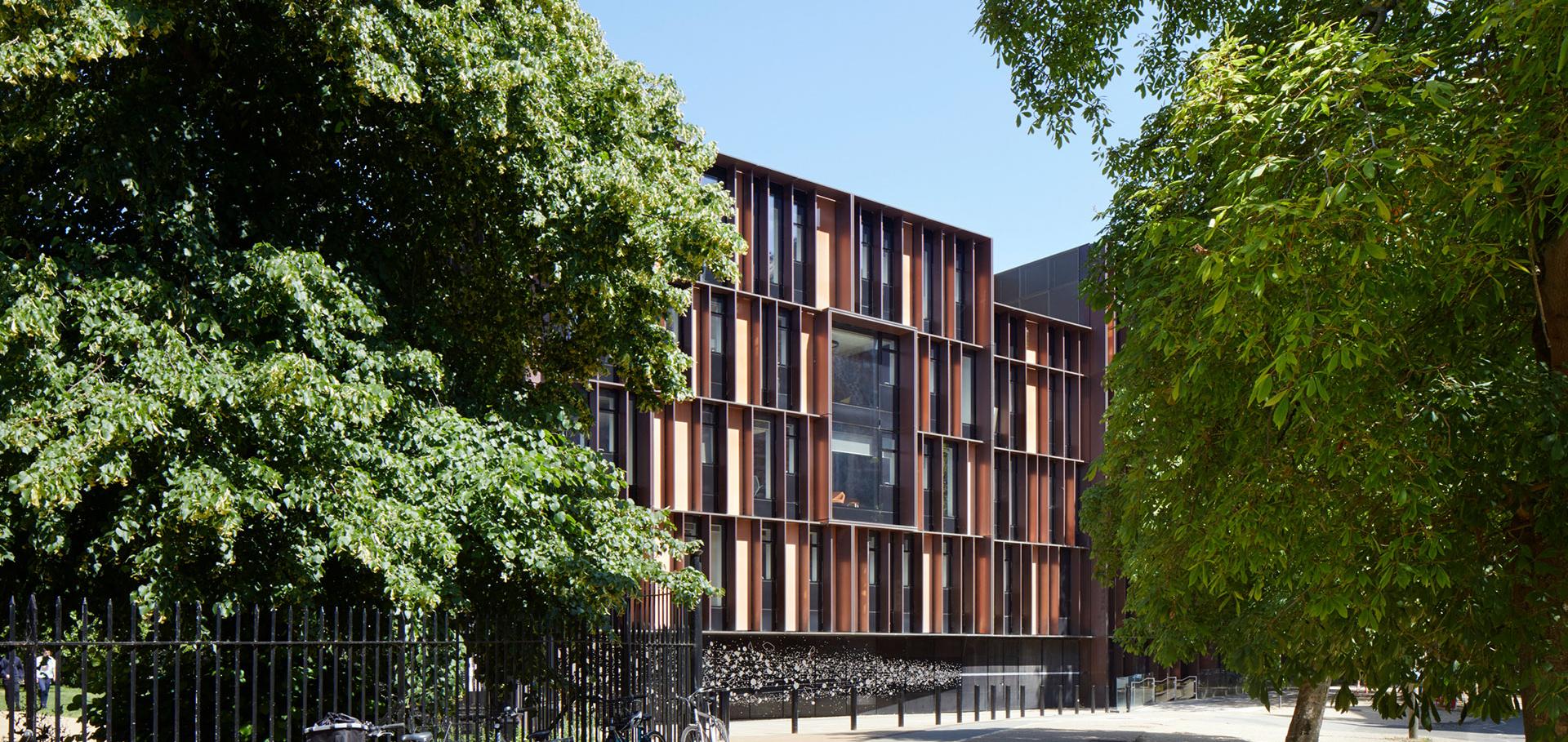Thermal modeling of the ISIS H- ion source
Review of Scientific Instruments 75:5 PART II (2004) 1738-1740
Abstract:
A comprehensive thermal model of the ISIS H- ion source was produced in order to understand the thermal characteristics of the same. In normal operation, the source temperatures were monitored using thermocouples for the cathode, anode, and source body. A transient study was performed using the steady state solution as a starting point. The initial two-dimensional transient thermal modeling indicated that the surface heating during the arc on period only had time to penetrate a few millimeters into the electrode mass.Design study for the KMOS spectrograph module
P SOC PHOTO-OPT INS 5492 (2004) 1395-1402
Abstract:
We present the results of a design study for the spectrograph module for KMOS - a cryogenic near-infrared multi-object spectrograph being developed as a second generation instrument for the VLT by a consortium of UK and German institutes. KMOS will consist of 24 deployable integral field units feeding three identical spectrograph units via image slicers. The spectrographs are designed to provide a resolving power greater than 3000, so as to provide adequate OH avoidance, whilst covering one of the J, H or K bands within a single exposure. We present the opto-mechanical layout of the spectrographs, together with an analysis of the impact of the image quality (and PSF uniformity) on the accuracy of sky background subtraction within each IFU's field of view.Optomechanical design of the MUSE spectrograph structure
P SOC PHOTO-OPT INS 5492 (2004) 429-432
Abstract:
We describe some of the design work behind the structural design of the NWSE spectrograph for the VLT1. In particular we consider the limitations on the instrument layout and the effect of its mechanical and thermal properties on the overall instrument performance.A 201 MHz RF cavity design with non-stressed pre-curved be windows for muon cooling channels
Proceedings of the IEEE Particle Accelerator Conference 2 (2003) 1243-1245
Abstract:
We present a 201-MHz RF cavity design for muon cooling channels with non-stressed and pre-curved Be foils to terminate the beam apertures. The Be foils are necessary to improve the cavity shunt impedance with large beam apertures needed for accommodating large transverse size muon beams. Be is a low-Z material with good electrical and thermal properties. It presents an almost transparent window to muon beams, but terminates the RF cavity electro-magnetically. Previous designs use pre-stressed flat Be foils in order to keep cavity from detuning resulting from RF heating on the window surface. Be foils are expensive, and difficult to make under pre-stress to accommodate thermal expansion. An alternative design is to use pre-curved and non-stressed Be foils where the buckling direction is known, and frequency shifts can be properly predicted. We will present mechanical simulations of the Be window designs.The integration of liquid and solid muon absorbers into a focusing magnet of a muon cooling channel
Proceedings of the IEEE Particle Accelerator Conference 3 (2003) 1834-1836


